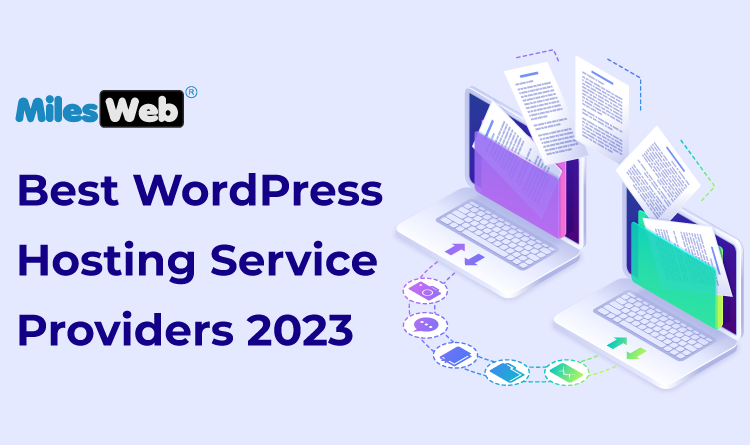
The e-commerce industry may be growing at an exponential rate, but conversion averages are falling year by year. With so much competition across the board, many startup managers are struggling to keep up with industry giants.
A recent survey from Invespcro revealed that the average site conversion rate currently stands at a measly 2.86%, with the highest industry converters ranking in less than 5% overall.
As we step into 2023, improving a site’s CRO is essential, especially if you want to gain a revenue profit. Whether you choose to optimise your UX design or focus on feedback to draw in consumers via word-of-mouth, each CRO strategy should be approached differently, depending on your company size, scale and demographic.
This is why it’s important to start testing your site’s CRO. Stick with us as we delve into the benefits of running site tests and reveal five essential strategies to review before jumping into your next CRO campaign.
Why should you test your website?
Decision-making should always be made with data in mind. The more of it you collect, the better your position will be when planning and rolling out new campaigns.
When making decisions about your brand’s growth, it’s important to test certain aspects of your site to highlight what is performing well and what still needs work. Prioritising processes such as A/B testing and reviewing social proof is a great way to harvest valuable data and optimise operations.
There are many benefits associated with data-driven decision-making. Backing up your business plan with actionable data can contribute to continual growth and improved program outcomes and offer valuable insights about your current consumers and the market.
Taking time to run tests alone can provide a business with a competitive edge and the opportunity to stay ahead of the curve. If you’re constantly learning about your audience’s site and social behaviour, it becomes easier to predict market trends early and release products/services that will slot seamlessly into the industry.
In turn, you’ll see increased revenue and a parallel growth pattern with the market as you optimise your site for e-commerce conversions.
5 tests to run to bring your CRO up to scratch
If your conversions are down, it’s time to take action. However, before you ramp up your SEO and start rewording those product pages, make sure you locate the source of your issues.
The key here is to look out for pages with low engagement rates and products with little to no conversion payoff. Employing a number of page-based tests can quickly uncover the problem and enable you to take targeted action for higher levels of consumer interaction.
There are plenty of test strategies that are essential for a successful CRO strategy, but here are five crucial tests you shouldn’t skip on your road to conversion recovery.
1. A/B Test Your Product Pages
One of the easiest ways to test what drives the most action from your consumers is to pin two ideas against each other and let them battle it out for engagement.
A/B testing allows a business to release two versions of its site page to its audience in the hopes that one will perform better than the other. This user experience methodology collects data from consumer clicks, interaction and page bounce time to work out what copy style, product design, and page navigation work best.
When it comes to testing your product pages, make sure you’re thinking about more than just your copywriting. Some great features to test range from image sizes to incorporating reviews and adding interactive elements. Depending on your target consumer, some users could prefer long lists of product/business social proof, while others want to see the product in action in a video feature.
Testing a number of creative elements in an A/B format can ensure that your product pages are optimised for maximum conversion potential.
2. Test your CTA
Your call-to-action button is a consumer’s ticket to the checkout page. If you’re looking to improve your CRO, it’s time to make sure it’s visible and easily accessible.
If you see a string of choppy conversions, it may be time to test your CTA button.
- Change the size/colour: Try enlarging your CTA button and changing the colour. If you’re dealing with an older demographic, make sure the button stands out from the rest of your page design and is easily locatable on the page.
- Try a new shape: If you want your CTA button to be noticed by more of your consumers, why not also play around with its shape? Testing ovals, rectangles and obscure icons could make your CTA more noticeable to viewers.
- Introduce hovering navigation: If you want your users to see your CTA button no matter where they are on your page, why not test a hovering navigation menu that follows visitors as they scroll away?
3. Test your site speed
Did you know that your site bounce rate rises to 123% if a page takes up to 10 seconds to load? In order to keep conversions flowing, it’s important to get your bounce rate down and your site speed up.
So how can you test it? One of the easiest ways to test if your site speed is the source of your poor conversion rate is to upgrade your web hosting provider. Investing in a better hosting plan can improve site bandwidth and allow for large influxes of traffic with no downtime. Whether you opt for a shared, private or WordPress host, for e-commerce sites in particular, optimising page speed and security can boost conversion potential.
Alongside this, it’s important to ensure that your page content is also well-optimised for maximum load speed. This consists of reducing the size of your images and visual attachments while also shortening bulky code that takes servers more time to sift through.
4. Test your social proof
Word-of-mouth marketing remains one of the best strategies to date for improving site conversions. Customers are much more likely to listen to the feedback from their peers, so it’s essential that it’s displayed on your product pages.
Testing different forms of social proof on your site is an easy way to find out what forms of feedback work for your demographic.
Social proof statements are created by customers and can consist of product reviews, testimonials, social platform mentions or simply star rating stats.
Why not A/B test different versions of your own social proof on a number of different pages?
While the homepage is often the best place to start, some consumers fail to acknowledge social proof until they reach the checkout. Test numerous locations, and go with what works best for you.
5. Try out Live Chat
Last but not least, it’s time to head to the checkout page. Did you know that 18% of customers abandon their cart at the checkout stage purely because they find the process too complicated?
If you’re seeing your consumer bounce rate climbing on your checkout page, it could be worth introducing a live chat feature to your e-commerce site.
If potential leads feel as if they can access assistance easily, they are more likely to convert at the checkout stage. Even testing message pop-ups such as “welcome to our website” could reassure the customer that they are supported.
Simplifying the buying experience can lead to more positive reviews and a higher rate of positive conversions, so live chat is definitely worth a test if you want to see some considerable change.
Watch your conversions rise from the ashes
While testing may take time, it is proven to improve your CRO strategy. Stepping back and reviewing your site processes one by one can quickly highlight fault points that can be rectified and repositioned.
Better still, the more data you collect, the more insight you get into your target consumers, their needs and gratifications. As e-commerce competition rises, the business closest to their consumer will win.
Read More: Top Strategies For Increasing Social Media Conversion Rate




